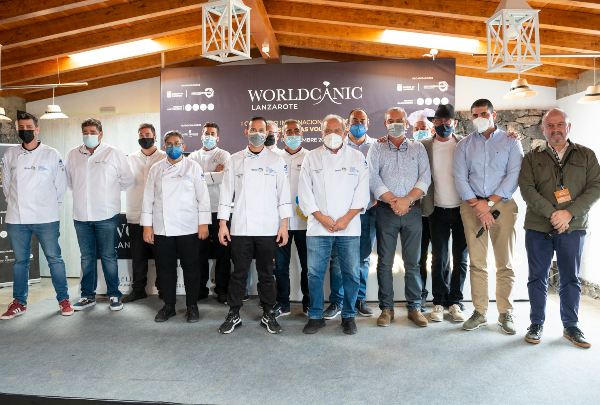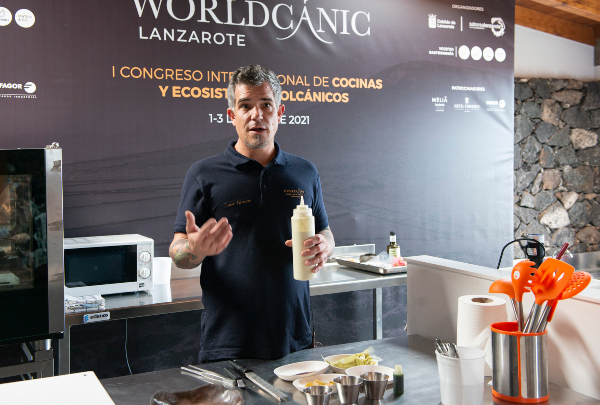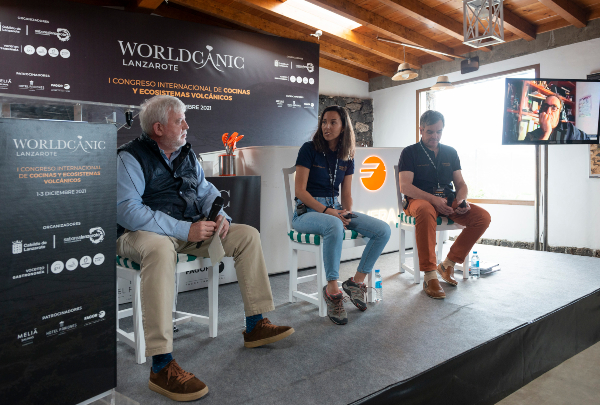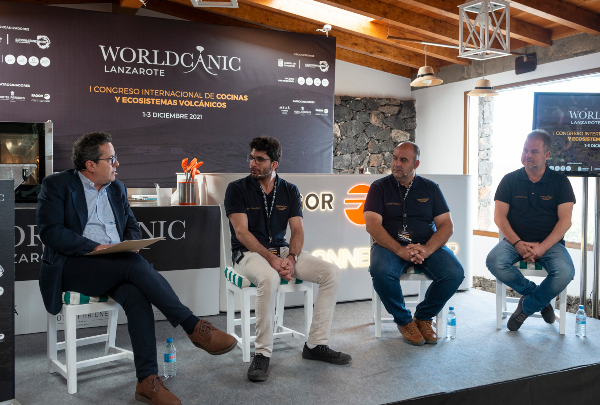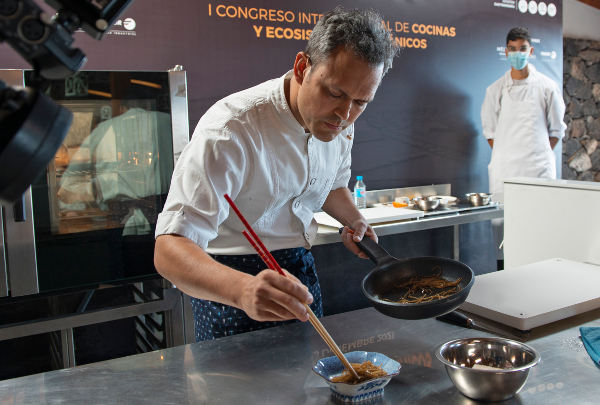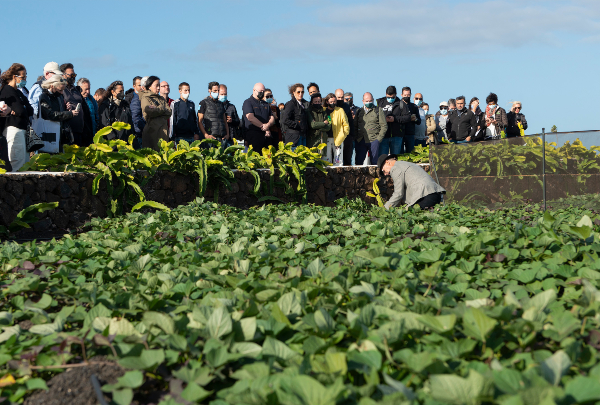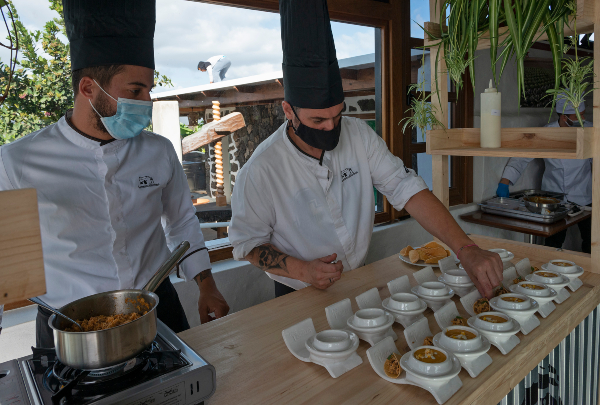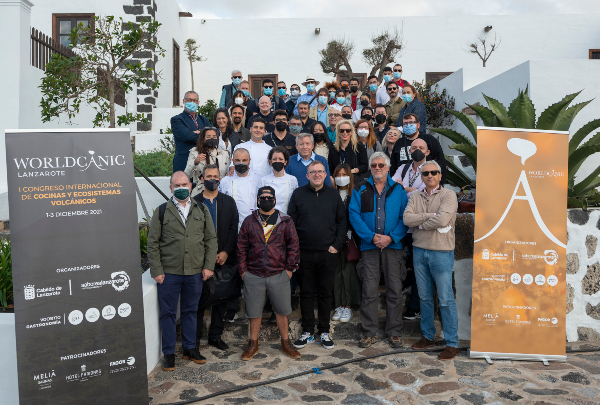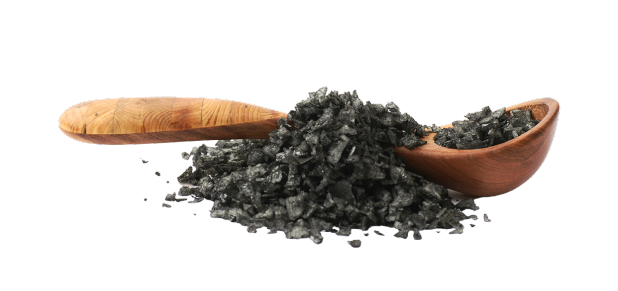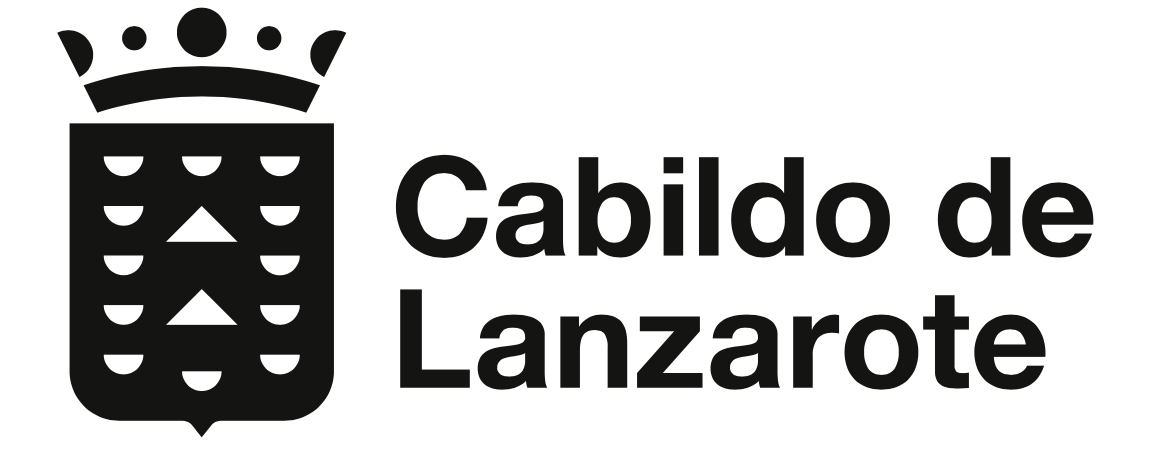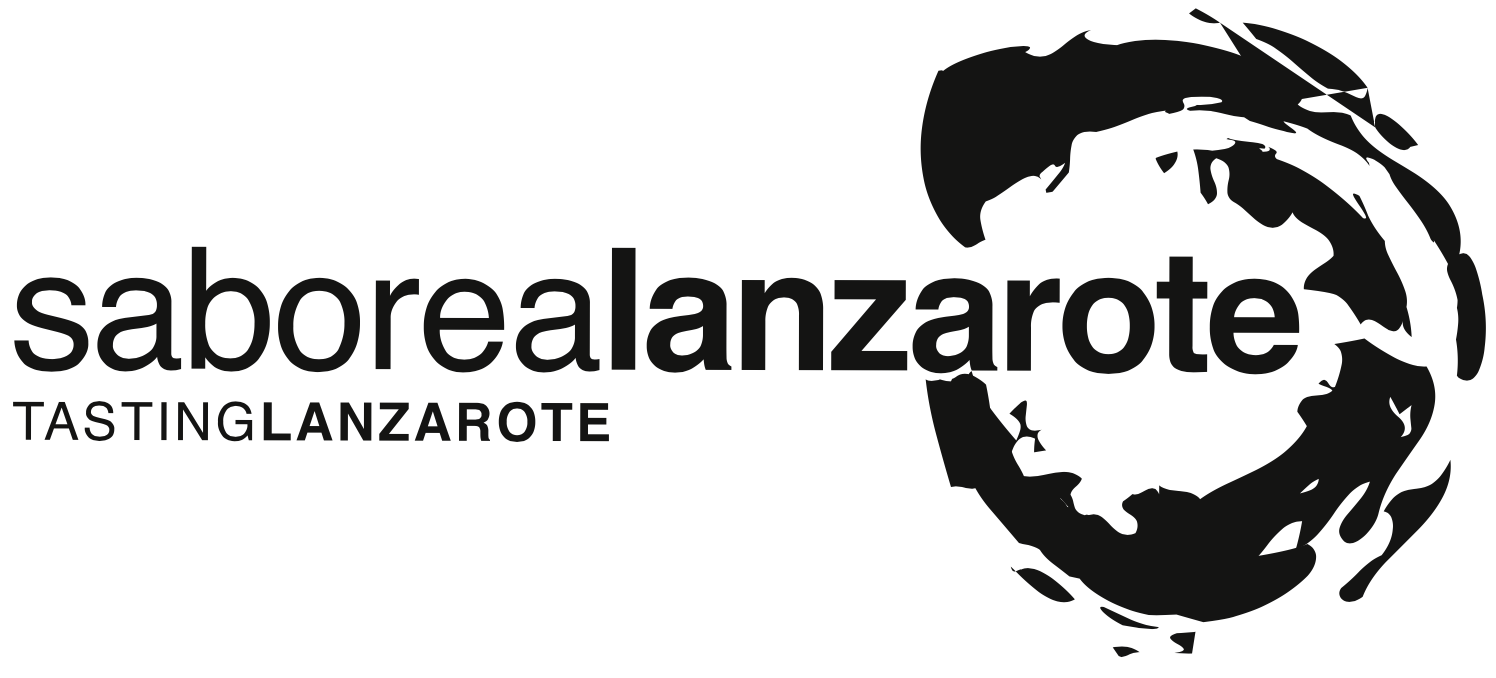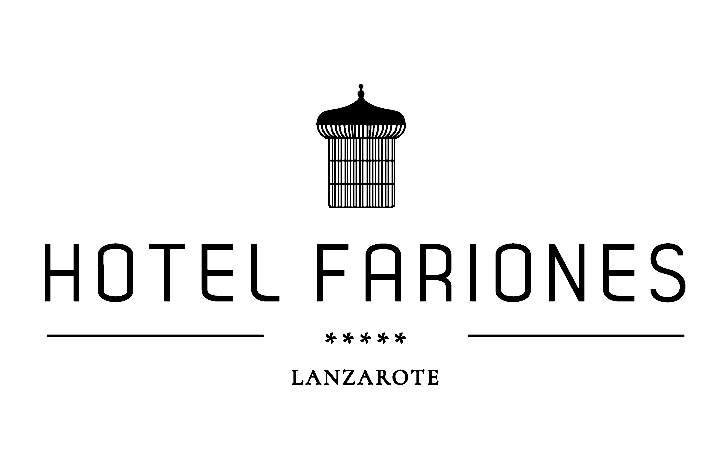News
Joan Martí: “Without volcanoes, there would be no life”
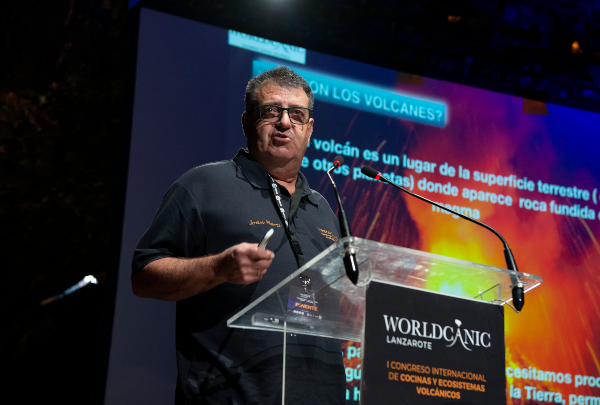
Worldcanic, the first International Congress on Cookery and Volcanic Ecosystems, kicked off with a talk to provide those present with some context. In the incomparable scenario of Jameos del Agua, an installation on volcanic soil by César Manrique, the vulcanologist - "although I don't like that word" - Joan Martí, Spain's CSIC Higher Council of Scientific Research's head of Geosciences in Barcelona - defined and set the parameters of the congress, with a warning in relation to a necessity: “We spend a lot of money on exploring space, and very little on what we have here below our feet”.
Martí was pleased to be in Lanzarote, “one of vulcanology's jewels”, and began by describing volcanoes as “portions of the earth's surface with molten rock or magma”, natural constructions due to the movement of the earth, "because our planet is alive and it moves, and what is happening in La Palma may have something to do with what is happening in Indonesia, for example”.
After setting the context, Martí went on: “Without volcanoes, there would be no atmosphere and no life. Populations always emerge in proximity to volcanoes. There must be a reason for that”. Populations that are aware of the adverse effects of volcanoes, "but give priority to the rich natural resources provided by volcanoes". The geologist did not discard the adverse effects, "because they exist, but many of them can be avoided by careful planning, by asking governments to let us work and to listen to us”.
Because, he reminded the congress, "volcanoes always issue a warning before they erupt". It may come three days or three years beforehand, but they always give a warning, and so it's important to pay close attention to keep ahead of events to mitigate the impact". Adverse effects on people's lives, and also on economic life in general, because, for example, ash, he pointed out, "prevents airplane turbines from working properly, and airborne activity in general."
Martí finished his presentation with a reminder of some of the major eruptions in the history of humanity, and their impact on its future, such as the largest eruption on European soil (Iceland's Laki volcano, in 1783), "which led to a two-year nuclear winter, and some say it could have sparked the French Revolution"), the second largest (Lanzarote's Timanfaya volcano, in 1730), the Pinatubo volcano (Philippines, 1991, which brought the world temperature down by half a degree the following year), or Vesuvius, in the year 79. The eruption of Vesuvius, "so famous and so renowned, could well have been less notable because the population noticed something days before the eruption and left the town, but the authorities made them go back", explained Martí.
One more example, Pompeii, that we can live with volcanoes if we listen to them", the Catalan geologist went on. Worldcanic must serve to raise concerns in this regard.
Inauguration of Worldcanic Lanzarote
Martí's talk came after the official inauguration of the congress by the Head of Culture in Lanzarote's "Cabildo" government, Alberto Aguiar, and the head of Vocento's gastronomy division, Benjamín Lana, who was pleased to "see Lanzarote as a space for an encounter between the world's volcanic territories". Lana praised the people of these territories, "examples of living in communion with the environment, examples of resistance and models for global sustainability, as is Lanzarote”, echoing Aguiar's inauguration speech.
The Cabildo's Head of Culture was also pleased that Worldcanic was being held in Lanzarote, as an “example that life can re-emerge after a huge natural disaster". With a message of solidarity for La Palma, “and island for which this congress must prove useful", Aguiar ended his speech by encouraging those present to enjoy the island, and to bear in mind that "volcanic systems are not just fire and lava, but also have great potential for the continuation of life".

